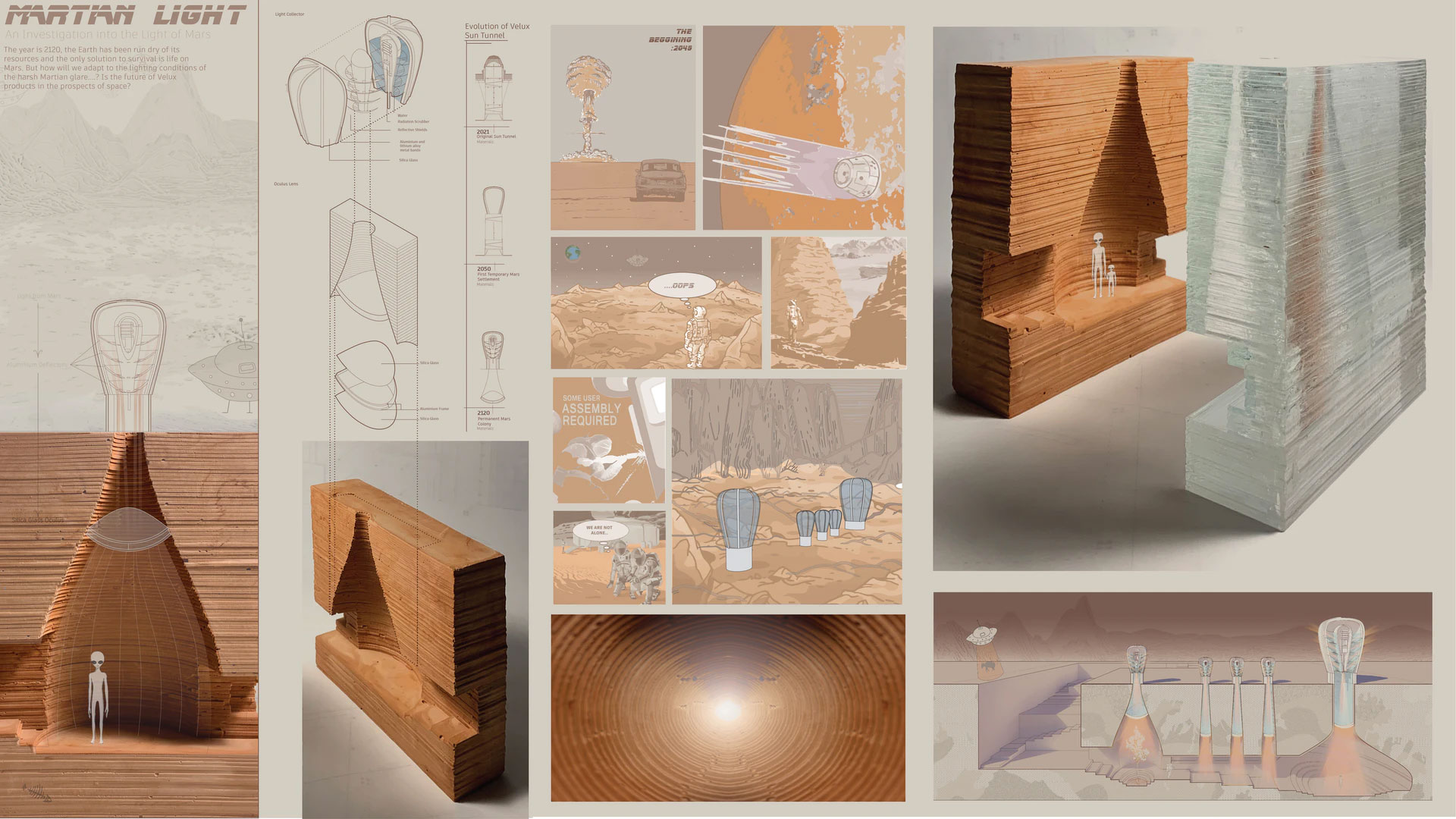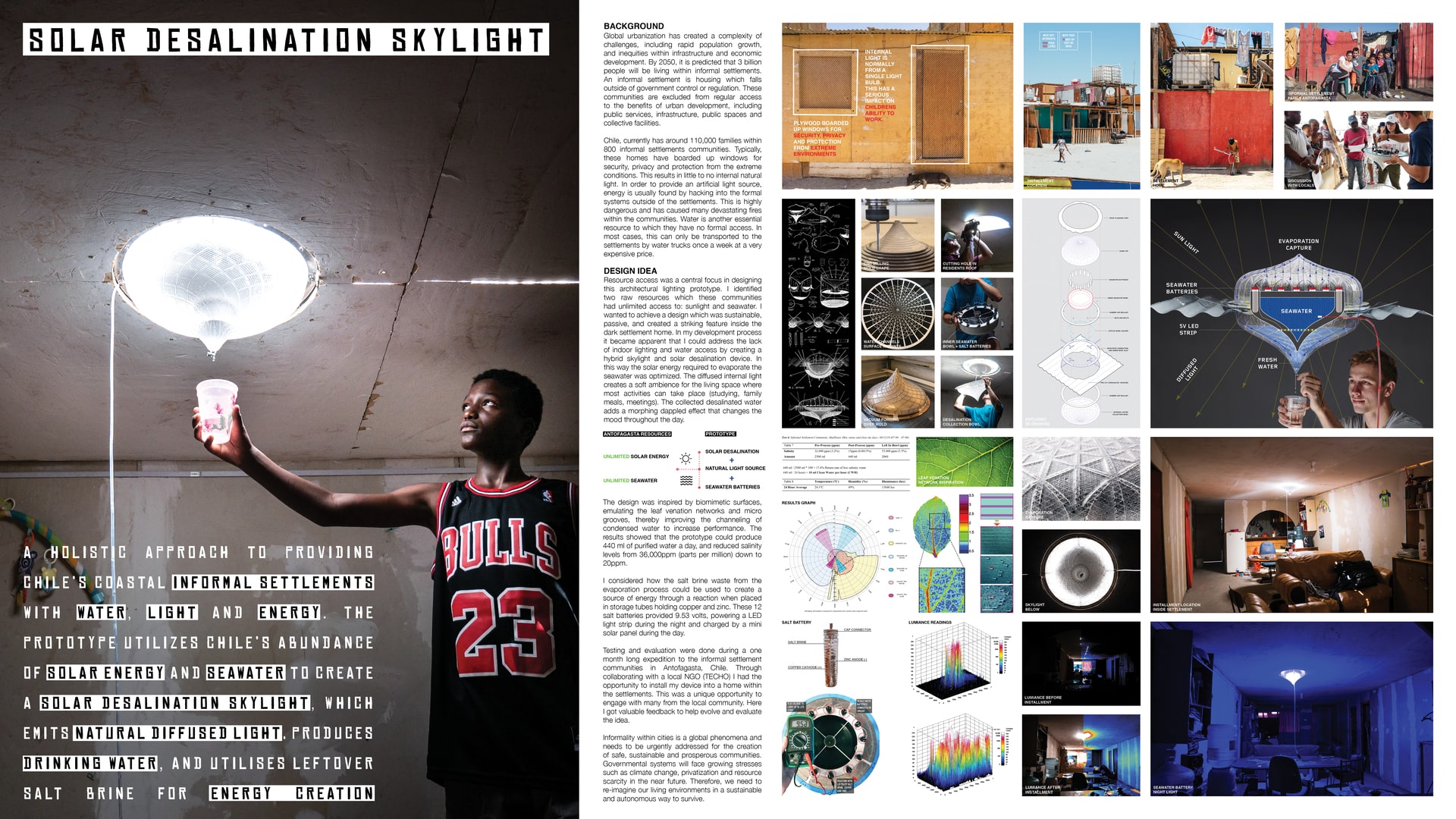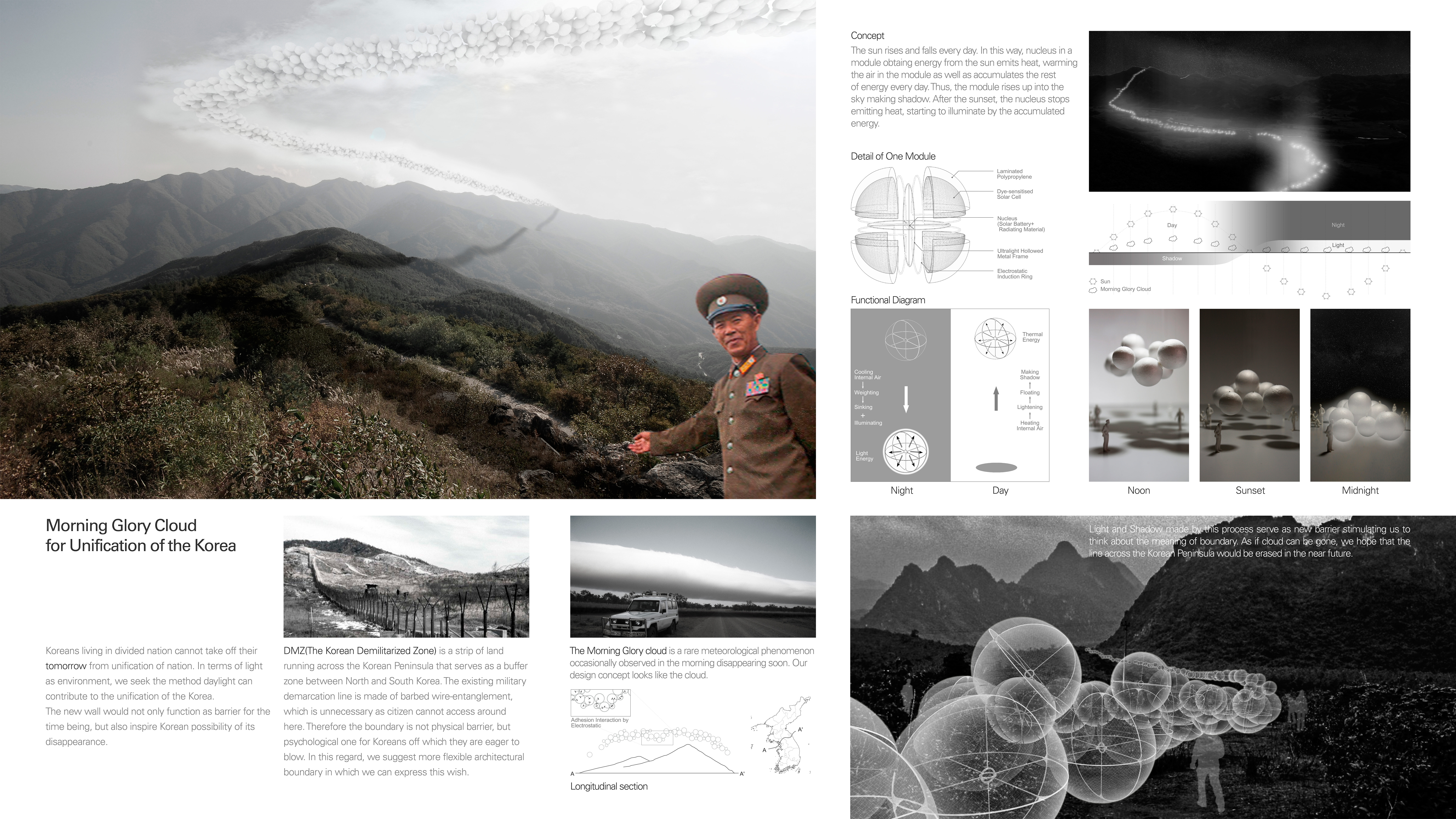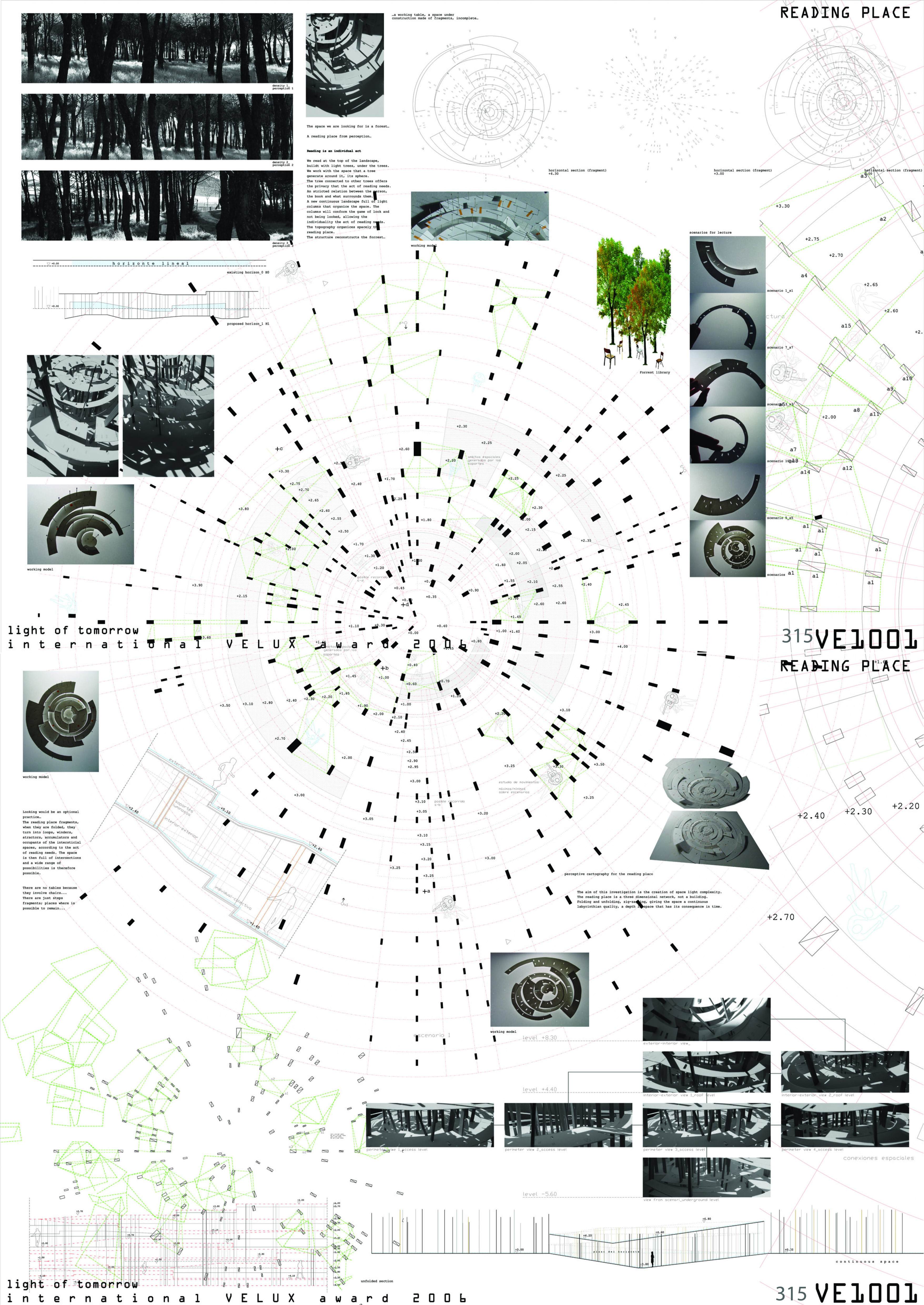ARCHAEOLOGICAL MUSEUM

Category
Daylight in buildings - Region 4: Asia and Oceania
Students
Ayshwarya S
Teacher
Ar.Deepiga Kameswaran
Ar.Mohanapriya.R
School
Faculty of Architecture, Dr.MGR Educational and Research Institute
Country
India
Download
Download ↓
Adichanallur is an archaeological site in Thoothukudi district in Tamil Nadu, India that has been the site of a number of very important archaeological finds. Korkai, the capital of the Early Pandyan Kingdom, is located about 15 km from Adichanallur. Carbon dating of samples excavated in 2004 from the Adichanallur site has revealed that they belonged to the period between 1000 BC and 600 BC. In 2005, around 169 clay urns containing human skeletons were unearthed that date back to at-least 3,800 years. In 2018, research on skeletons remains were dated at Manipur University to 1500 BC (+ or – 700 years).In 2004, a number of skeletons were found buried in earthenware urns. Some of these urns contained writing in Tamili (Tamil-Brahmi) script. While some of the burial urns contained skeletons of Tamil origin, others were found with remains of mostly Australoid, Southeast Asian, East Asian and others.Due to its historic importance the burial site is now proposed with an onsite museum to exhibit the history and culture of the town, and showcase the artefacts that were excavated from Korkai, Agaram, Sivagalai, Adichanallur and Vasavapuram.The concept “Lost & Found” is thus derived from the context , in reference to that earthy tones like browns and greys are adapted in the design. Solar tubes play a major role in this design to bring in daylight in all the floors. The solar tubes are bent and brought to every floor and reaches every space to bring daylight in. In addition to that lightwells have been also provided to bring daylight in.

































